Electric Truck News
What are the advantages of new energy freight vehicles?
Posted on by Electric Trucks
In recent years, an increasing number of new energy trucks have been seen on the roads, a phenomenon that has drawn the attention of many. Experienced drivers who were once loyal to traditional fuel vehicles are now making the switch to drive new energy trucks. What is the driving force behind this shift? The answer lies in the numerous advantages that new energy trucks offer, which have made them highly popular among driver friends. To help everyone gain a better understanding of this type of vehicle, the author will now provide a detailed introduction to its advantages and characteristics.
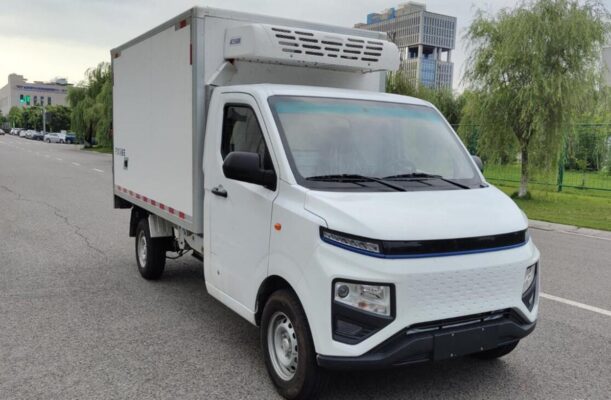
Advantages of new energy freight vehicles:
- Policy advantages:
At present, the country is wholeheartedly promoting new energy technologies and regarding it as a key area for the development of emerging industries. This strong policy support is evident in the significant financial investments made. Kwi 2016 alone, the national finance’s subsidies and incentive funds for new energy vehicles reached an impressive 22.37 billion yuan. When we take into account the additional investment in areas such as technology research and development, it is estimated that the annual investment can exceed 100 billion yuan.
This substantial financial commitment by the government provides a solid foundation for the rapid development of the new energy industry. It enables continuous innovation and improvement in manufacturing processes, leading to a higher level of craftsmanship and quality in new energy vehicles. With such strong policy backing, manufacturers are encouraged to invest more in research and development, resulting in the continuous improvement of battery technology, power systems, and vehicle performance.
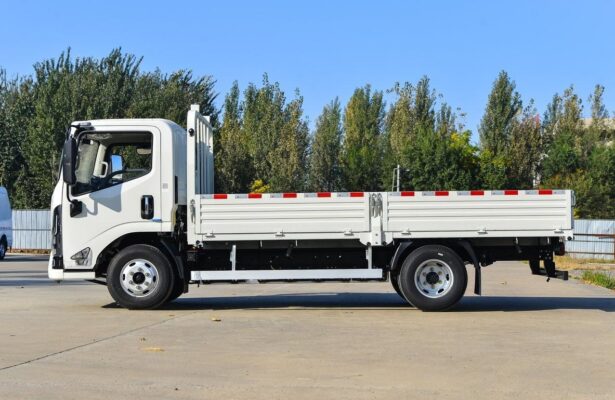
For example, with the support of government subsidies, research institutions and enterprises can collaborate to develop more advanced battery technologies that offer longer ranges, shorter charging times, and greater durability. This not only benefits the manufacturers but also provides better options for consumers. The policy-driven investment also helps to build a more comprehensive charging infrastructure, making it more convenient for new energy truck owners to charge their vehicles.
Ngaphezu koko, the government’s long-term commitment to promoting new energy technologies sends a clear signal to the market, attracting more investors and entrepreneurs to enter this field. This further stimulates competition and innovation, driving down costs and improving product quality. As a result, new energy trucks are becoming more and more competitive in the market.
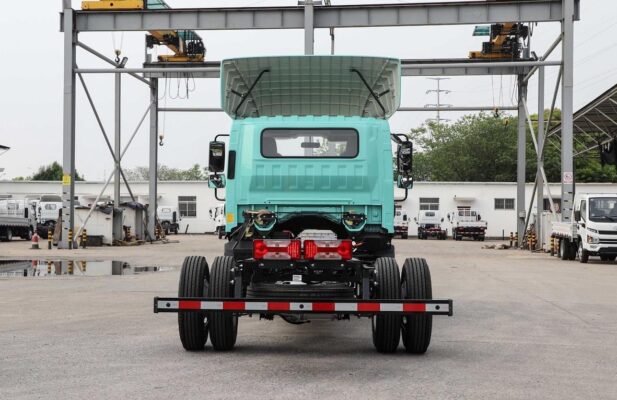
- Cost advantages:
Although the initial production cost of new energy trucks is relatively high, this is offset by the various policy subsidies and local preferential activities. With the combined effect of national and local incentives, the actual purchase price of new energy trucks becomes much more affordable for consumers.
For example, a traditional fuel truck may cost a certain amount upfront, but without any significant subsidies. In contrast, a new energy truck of similar specifications may have a higher list price, but after factoring in the government subsidies and local incentives, the final purchase price can be significantly lower. This makes new energy trucks an attractive option for those looking to invest in a commercial vehicle.
In addition to the lower purchase price, new energy trucks offer significant savings in terms of operating costs. Since new energy trucks consume electric energy, they are much more cost-effective compared to fuel vehicles. Electricity prices are generally lower than gasoline or diesel prices, resulting in substantial savings on fuel expenses.
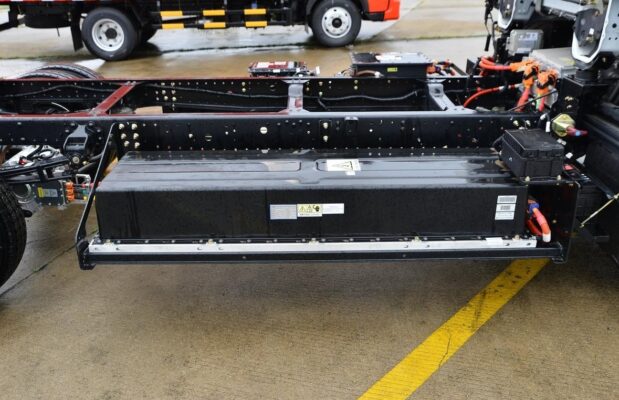
For instance, consider a truck that covers a certain distance on a regular basis. A fuel truck would require a significant amount of fuel to complete the same journey, incurring high fuel costs. On the other hand, a new energy truck running on electricity would consume a relatively small amount of electricity, resulting in much lower operating costs. Over time, these savings can add up significantly, making new energy trucks a more economical choice for businesses and individual owners.
Ngaphezu koko, new energy trucks have fewer moving parts compared to traditional fuel vehicles, which means lower maintenance costs. There is no need for regular oil changes, engine tune-ups, or complex transmission maintenance. This further reduces the overall cost of ownership and makes new energy trucks a more viable option for long-term use.

- Road right advantages:
At present, large cities in our country have opened up “green channels” specifically for new energy trucks. Only these vehicles are eligible to travel on these dedicated routes, providing them with a significant advantage in terms of traffic flow and efficiency.
This road right advantage is crucial for businesses that rely on timely deliveries and efficient transportation. By having access to these special channels, new energy trucks can avoid traffic congestion and reach their destinations more quickly. This not only saves time but also reduces fuel consumption and emissions.
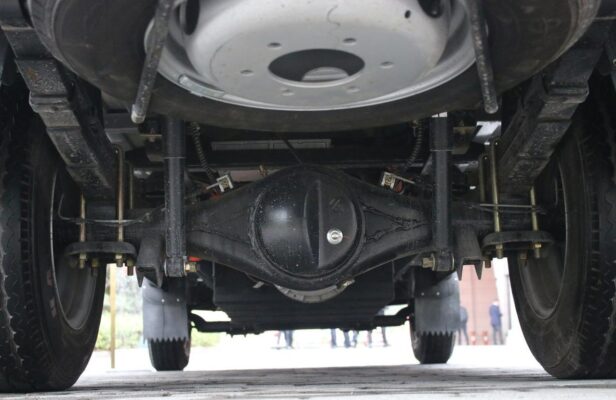
For example, in a busy city with heavy traffic, a new energy truck can use the green channel to bypass congested areas and reach the delivery point faster. This can improve customer satisfaction by ensuring timely deliveries and can also increase the productivity of the transportation business.
Ngaphezu koko, looking ahead, according to the trend of future urban development, more cities across the country are expected to open better road rights for new energy vehicles in the later stage. This shows the government’s commitment to promoting sustainable transportation and reducing environmental pollution. As more cities adopt these measures, the advantages of new energy trucks in terms of road rights will become even more prominent.

- Technical advantages:
New energy trucks represent the integration of advanced energy technology and the Internet of Things technology. This combination brings several significant benefits and makes the vehicle’s functions more comprehensive, enhancing its market competitiveness.
In terms of energy technology, new energy trucks are equipped with advanced battery systems and electric drive trains. These technologies offer several advantages over traditional internal combustion engines. For example, electric motors provide instant torque, resulting in better acceleration and performance. The battery systems can be charged from a variety of sources, including standard electrical outlets and dedicated charging stations.
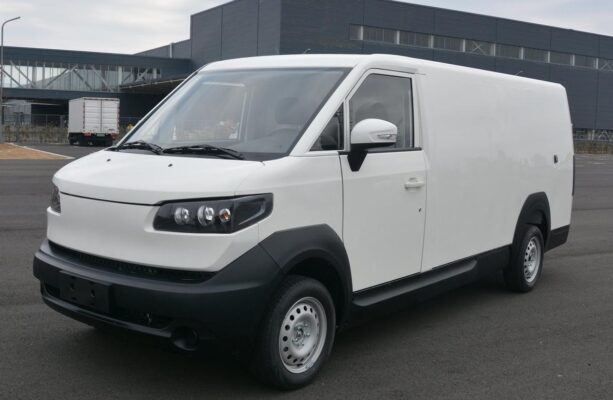
Ngaphezu koko, new energy trucks can be integrated with smart charging systems that optimize charging times and reduce energy consumption. These systems can also communicate with the power grid to take advantage of off-peak electricity rates, further reducing operating costs.
In addition to energy technology, the integration of the Internet of Things technology enables new energy trucks to be more intelligent and connected. Vehicles can be equipped with sensors and communication devices that provide real-time data on vehicle performance, battery status, and driving conditions. This information can be used to optimize routes, schedule maintenance, and improve safety.
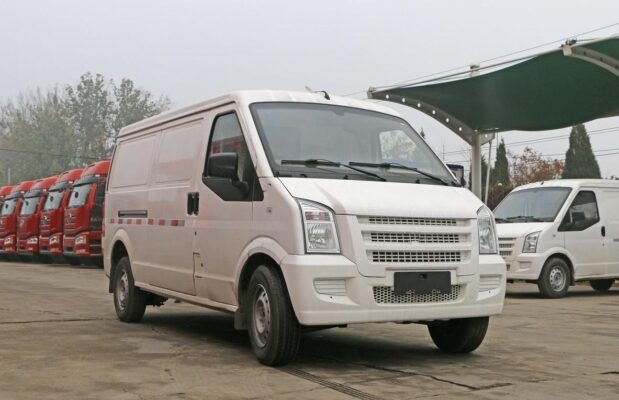
For instance, a fleet manager can use the data from connected new energy trucks to monitor the location and status of each vehicle in real time. This allows for more efficient fleet management, reducing downtime and improving overall productivity. The Internet of Things technology also enables remote diagnostics and software updates, ensuring that the vehicles are always operating at their best.
In conclusion, new energy freight vehicles offer a wide range of advantages that make them an attractive choice for businesses and individual owners. From policy support and cost savings to road right advantages and advanced technology, these vehicles are well-positioned to play a significant role in the future of transportation. The author’s sharing hopes to help everyone better understand this model and see the potential of new energy trucks in promoting sustainable development and improving transportation efficiency.